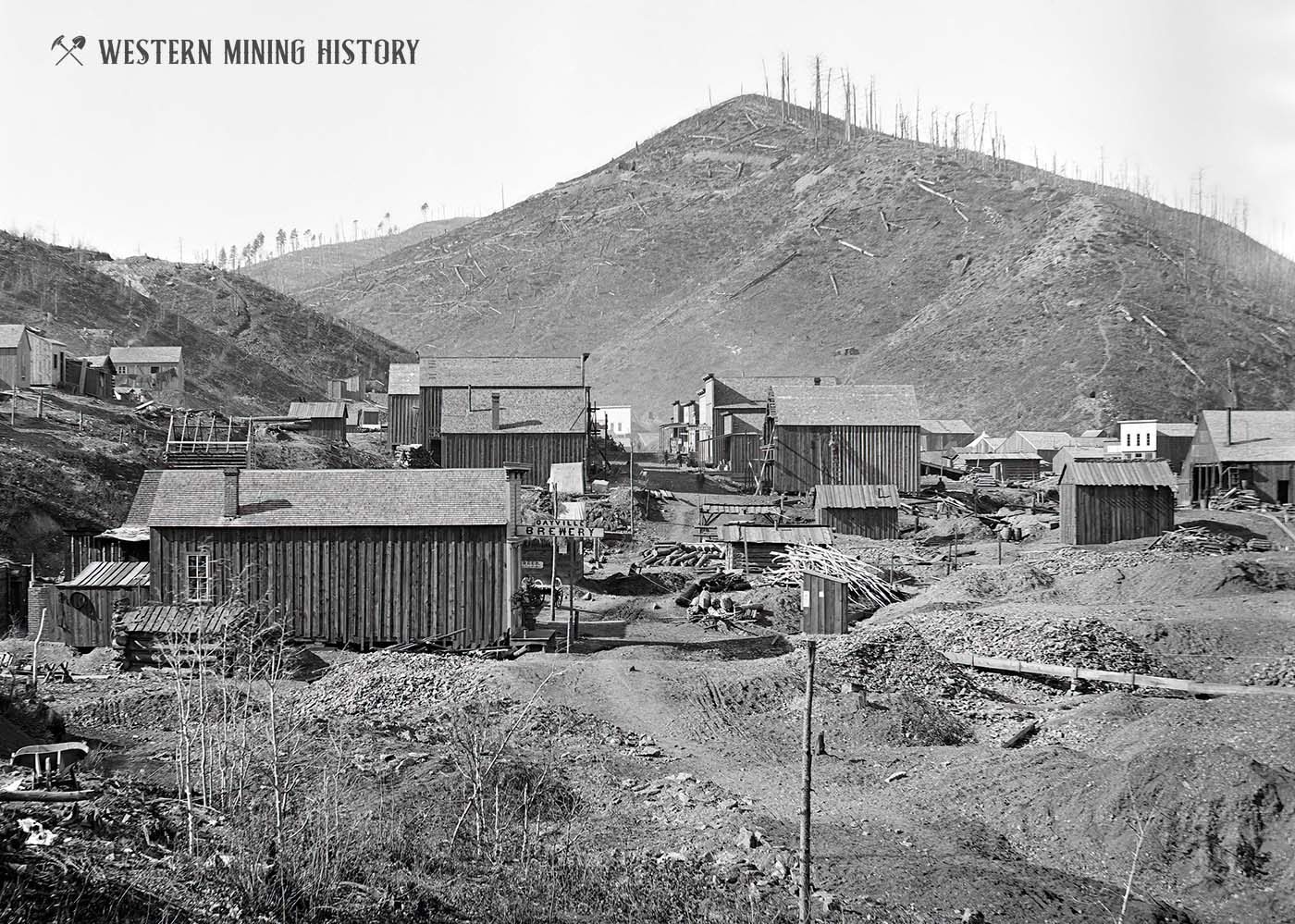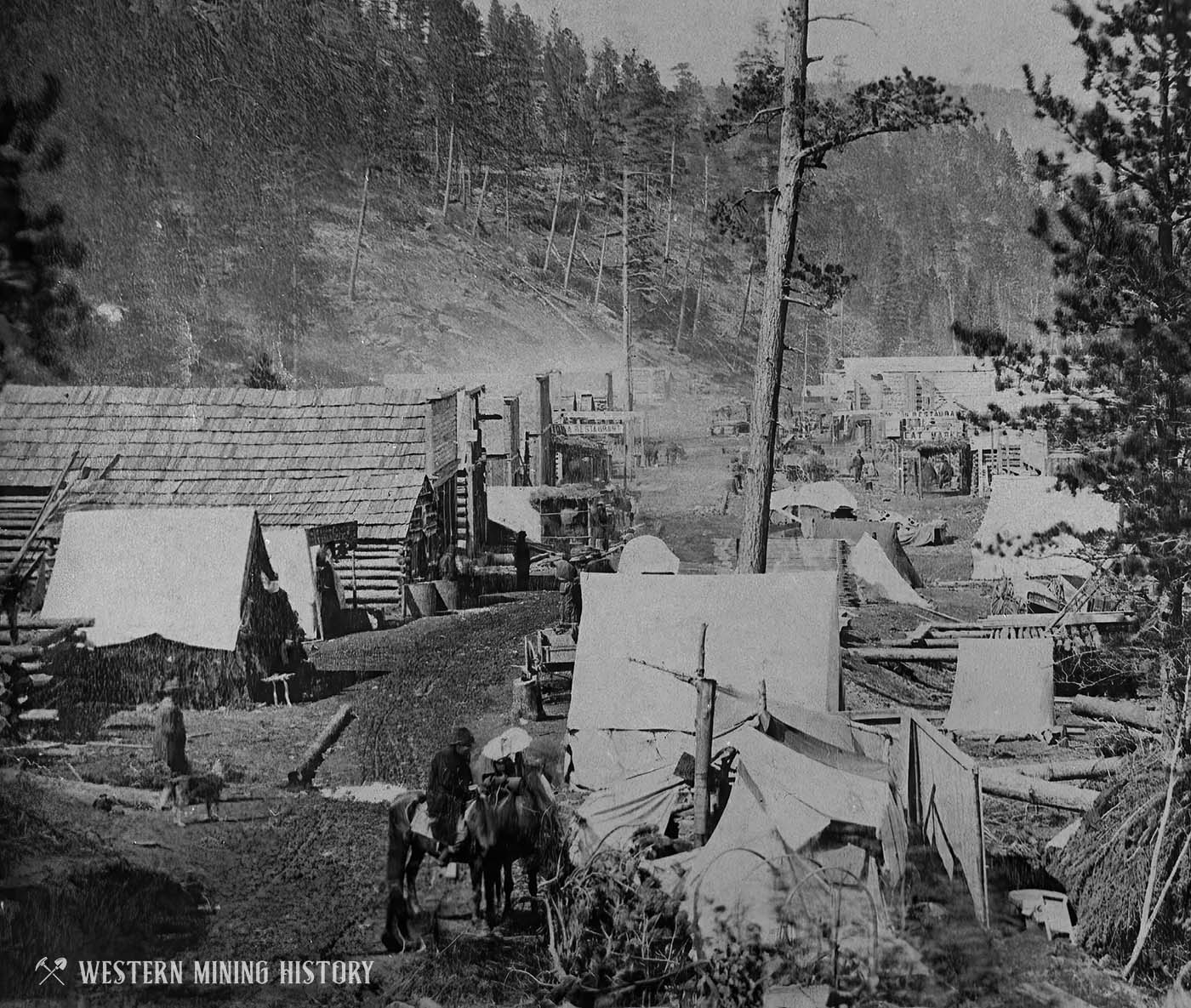Gayville History
Gayville was settled in 1876 by brothers Alfred and Wiliam Gay. This was an important early settlement, but nearby Central City became the primary town in this part of the gulch by 1877. Despite being eclipsed by larger nearby towns, Gayville was a viable mining town for many decades.
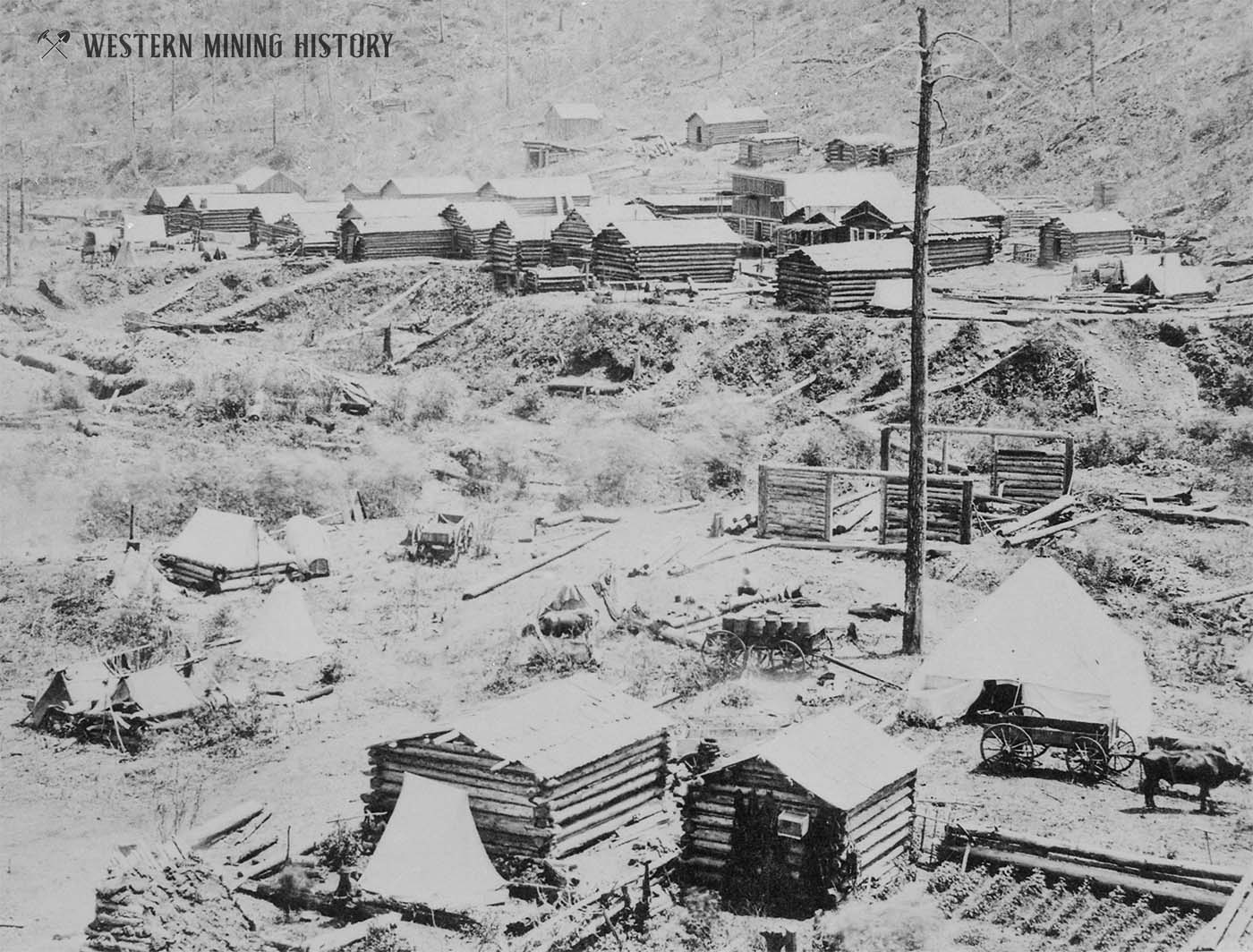
The April 22, 1877 edition of the Black Hills Weekly Times mentioned some of the amenities available at Gayville:
Theatre every night. Hay scales at Pearson's. Minstrel show once a week. The bus-express runs once a week between Gayville and Deadwood. T Campbell and William Gay have each a fine billiard hall. J. Charles is the boot and shoe man of the place, and the boys say he is good leather. Some of the richest placer mines yet dsicovered, lay along the gulch by Gayville.
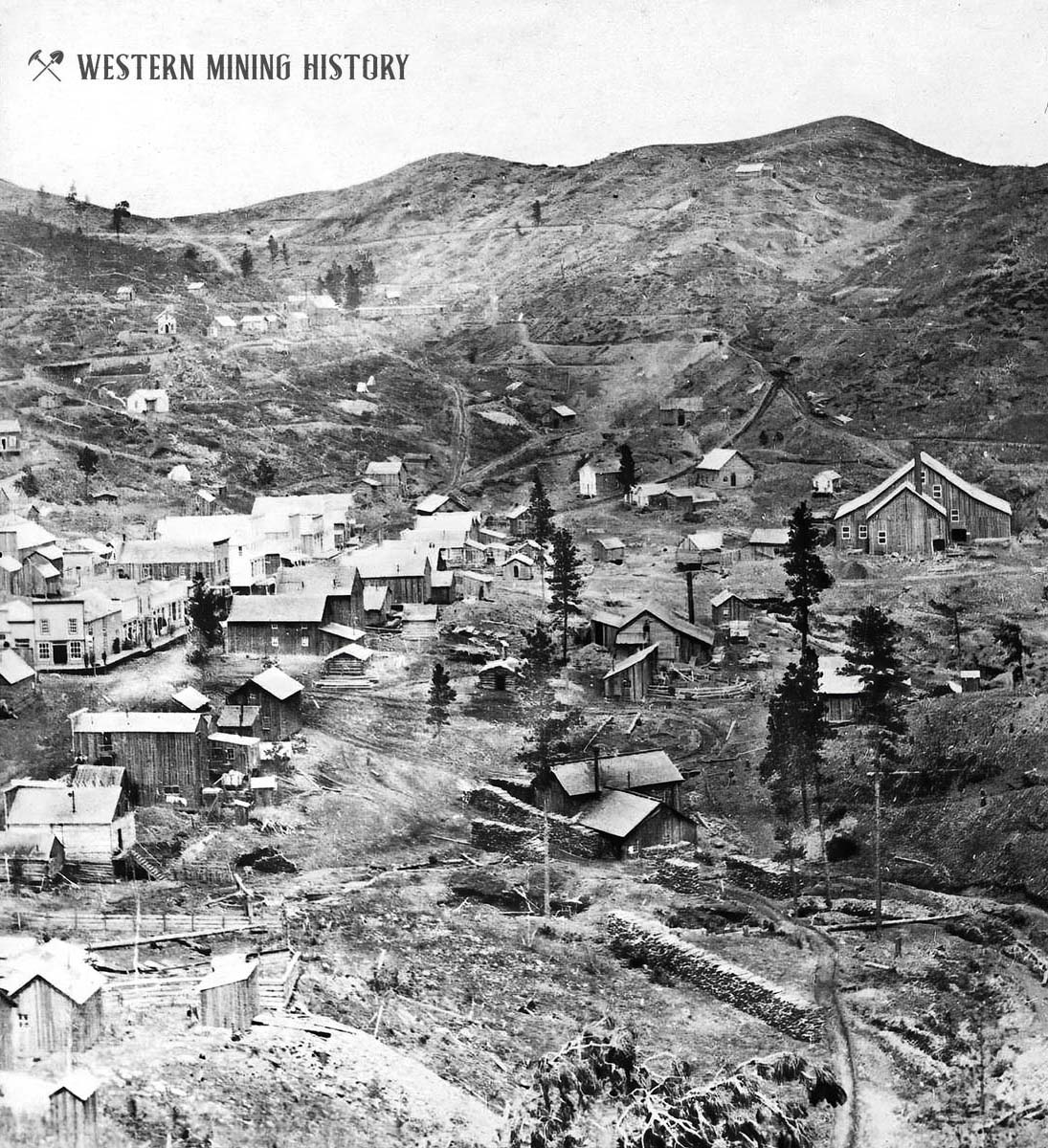
J. P. McKinnis have everything, in the wholesale and retail grocery line, and are preparing to enlarge their business.
A snug, comfortable little place is Heineman & Cos. sample room on Main street, next door to Holtztman's clothing store.
Mr. A. M. Barnes, at the postoffice and newsroom, has the daily Times for sale, and some good cigars to smoke while you read it.
H. Schaffer keeps the city bakery. He has the facility with his new furnace and brick oven to put out the finest bread in market.
The article goes on to name many prominent businesses in town. Unfortunately most of these operations were destroyed in a devastating fire in August 1877
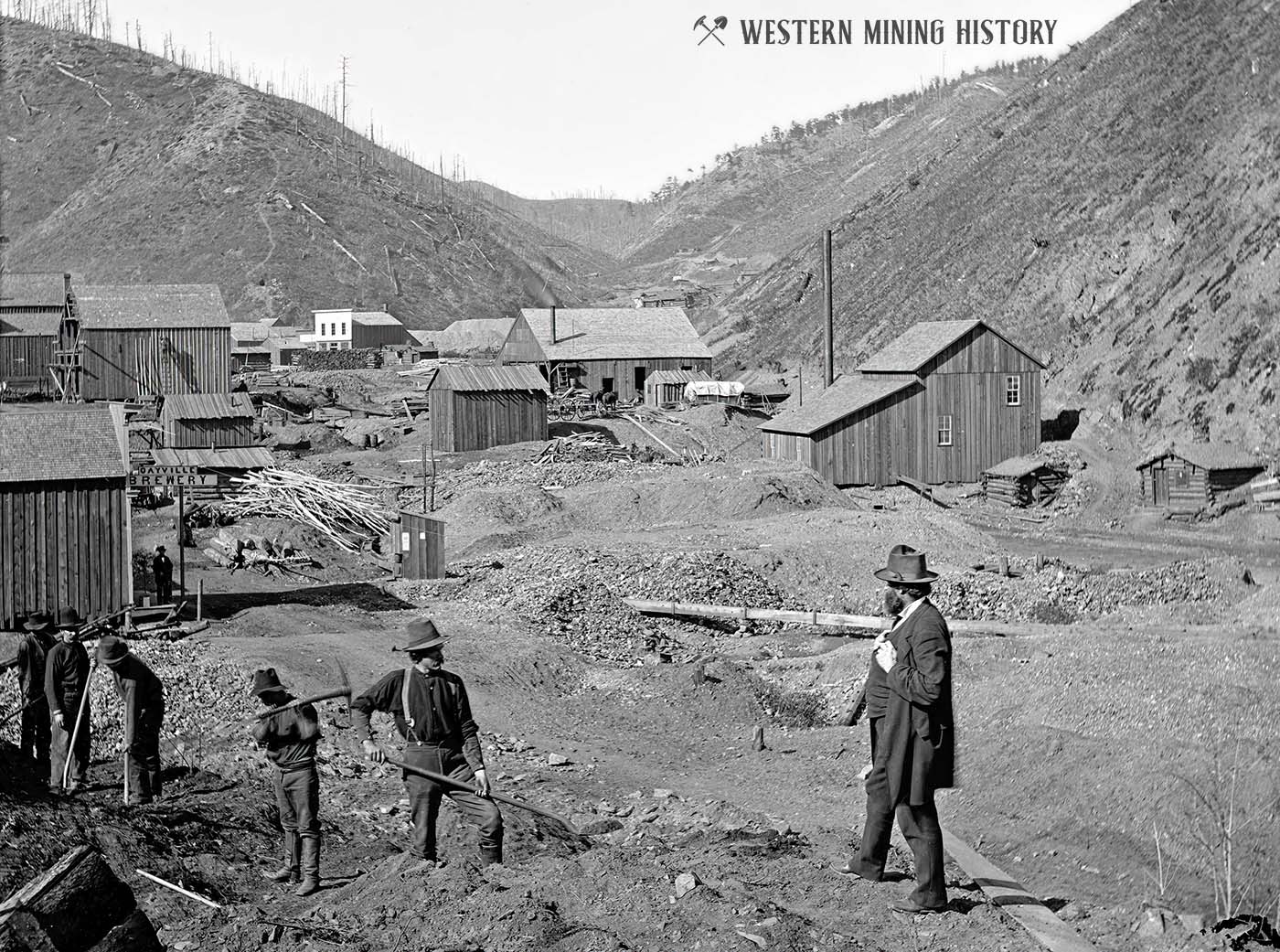
The great flood in May of 1883 damaged the town extensively, the details of which were reported by the The Black Hills Daily Times:
At this writing the waters have subsided somewhat, and a view from Gayville on the east to Anchor on the west is fearful to behold. Piles of timber, lumber and household effects can be seen the entire width of the gulch, and a series of roaring channels. Quarts mills are swept away, others undermined and ruined. Communication with the mines and adjacent camps is cut off Not less than 75 families are left homeless in the town of Golden alone.
The tragedy was made worse by the loss of Henry Rosenkranz's brewery, seen at the left in the image above. Losing a brewery was a particularly devastating loss to any mining town, a fact that the miners of the time would have confirmed.
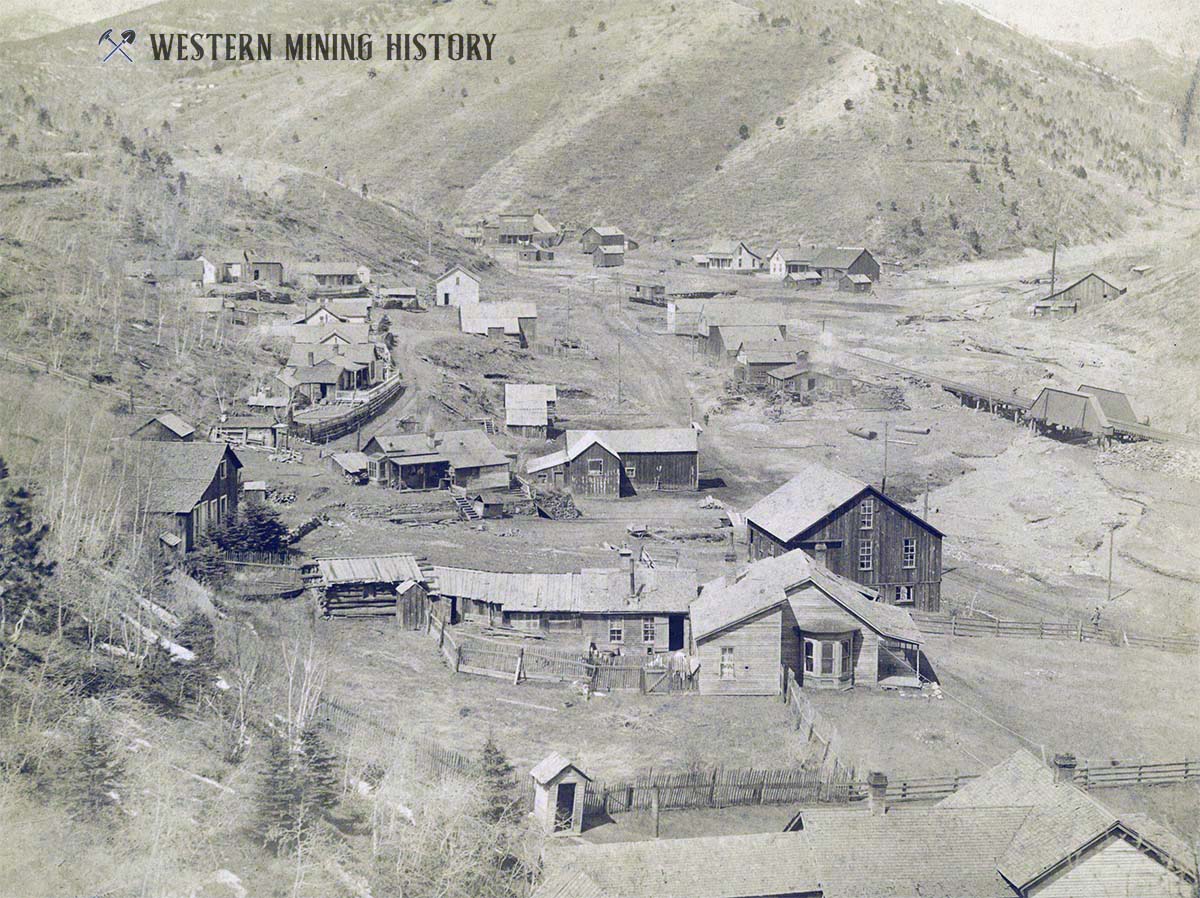
William Gay left his namesake town to live in Montana in the late 1880s. After several incidents involving residents of the mining town of castle, Gay and an associate killed two lawmen that were attempting to arrest them. Gay fled and changed his name, managing to evade the law for about a year. Eventually he was apprehended in California and sent back to Montana to stand trial for his crimes. On June 8, 1896 William Gay was hanged in Helena, Montana.
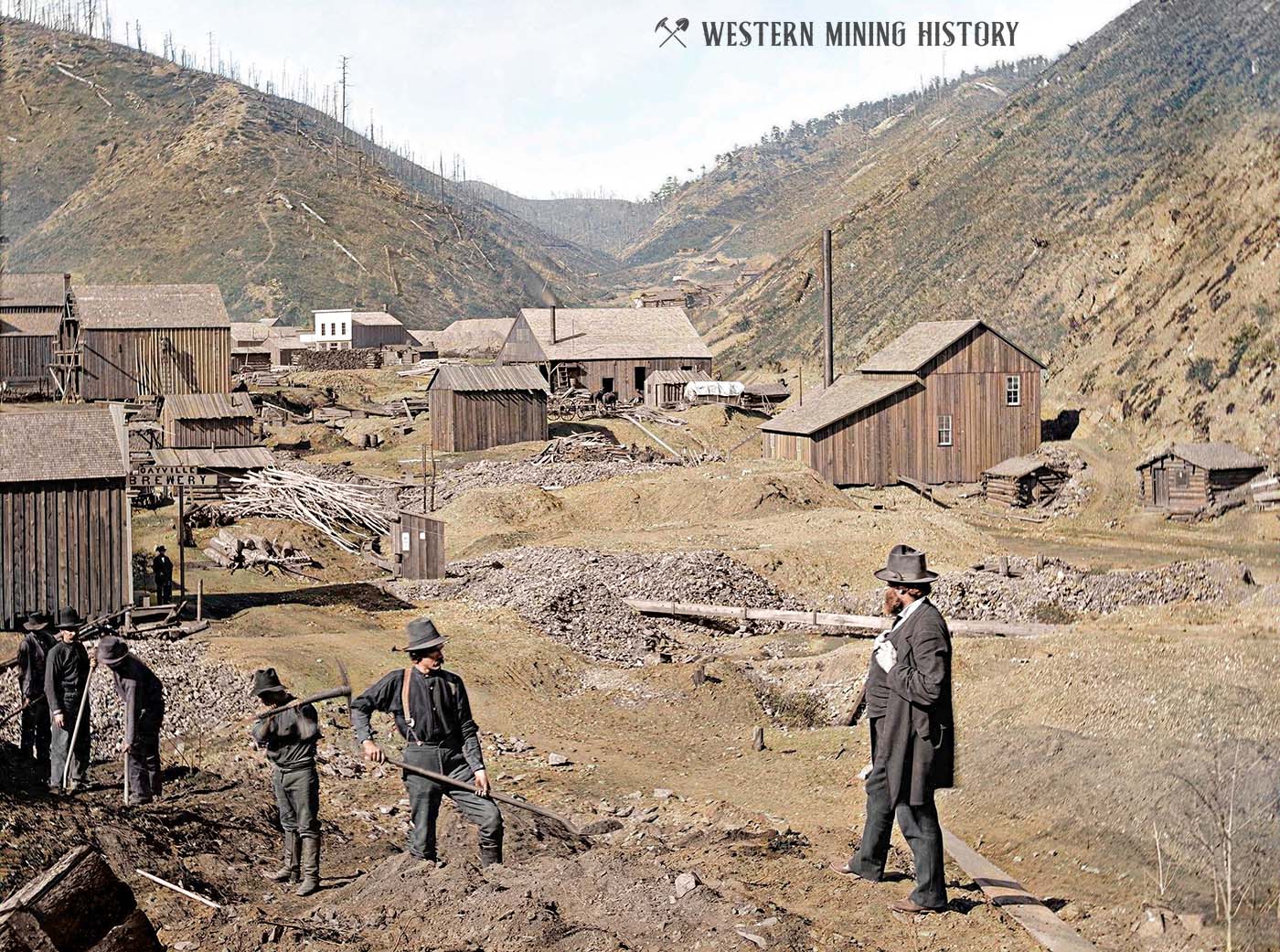
Gayville faded as the mines did but was never completely abandoned. Today it still has a small population.
Mining in the Black Hills
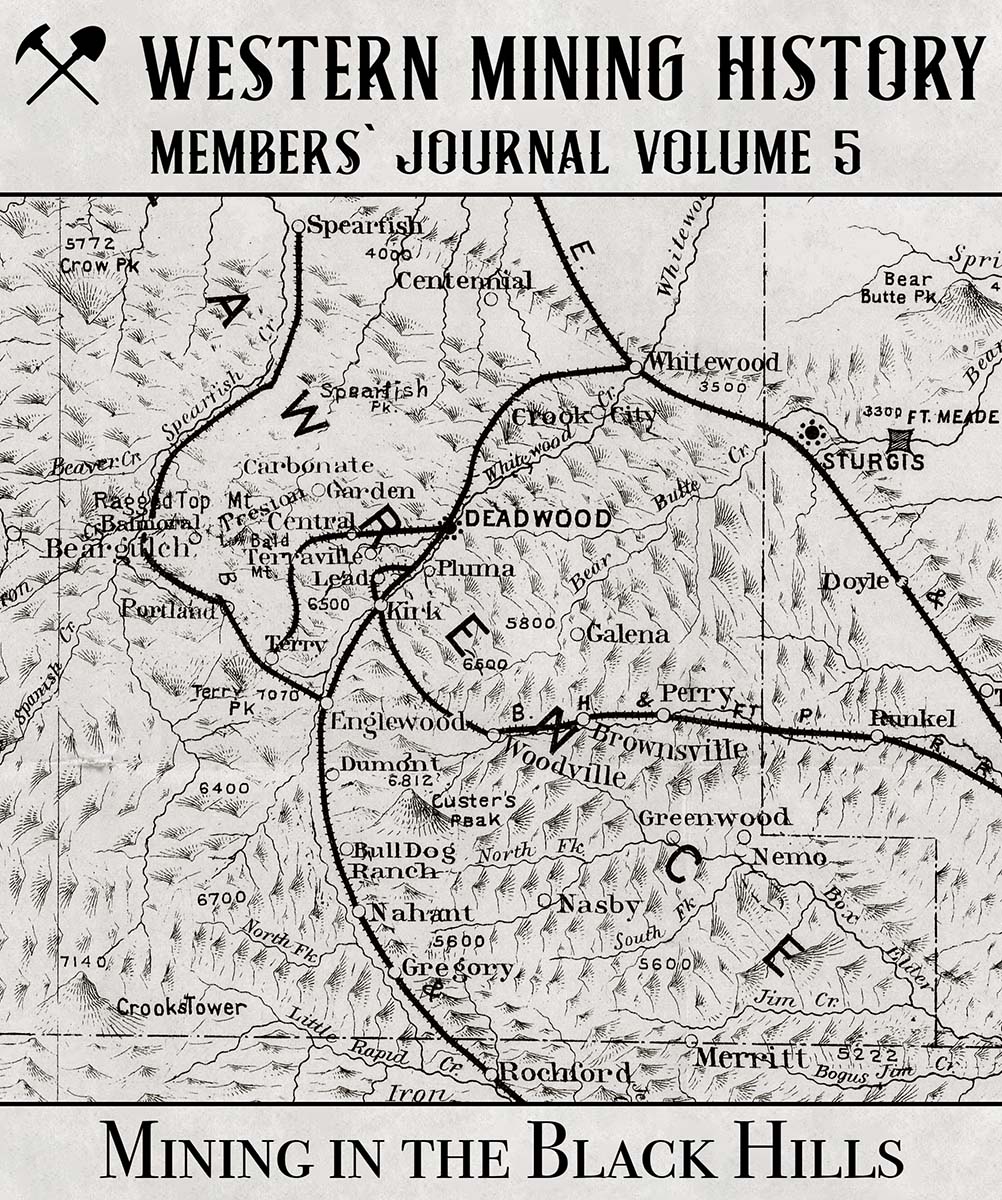
Western Mining History Member's Journal Volume 5: "Mining in the Black Hills", takes a closer look at the distribution of mining districts and towns the Black Hills of South Dakota.
Deadwood: The Ultimate Photo Collection
The Black Hills Gold Rush was one of the most significant historical events in the western United States. Deadwood: The Ultimate Photo Collection contains over 50 images capturing the early history of this famous gold region.
